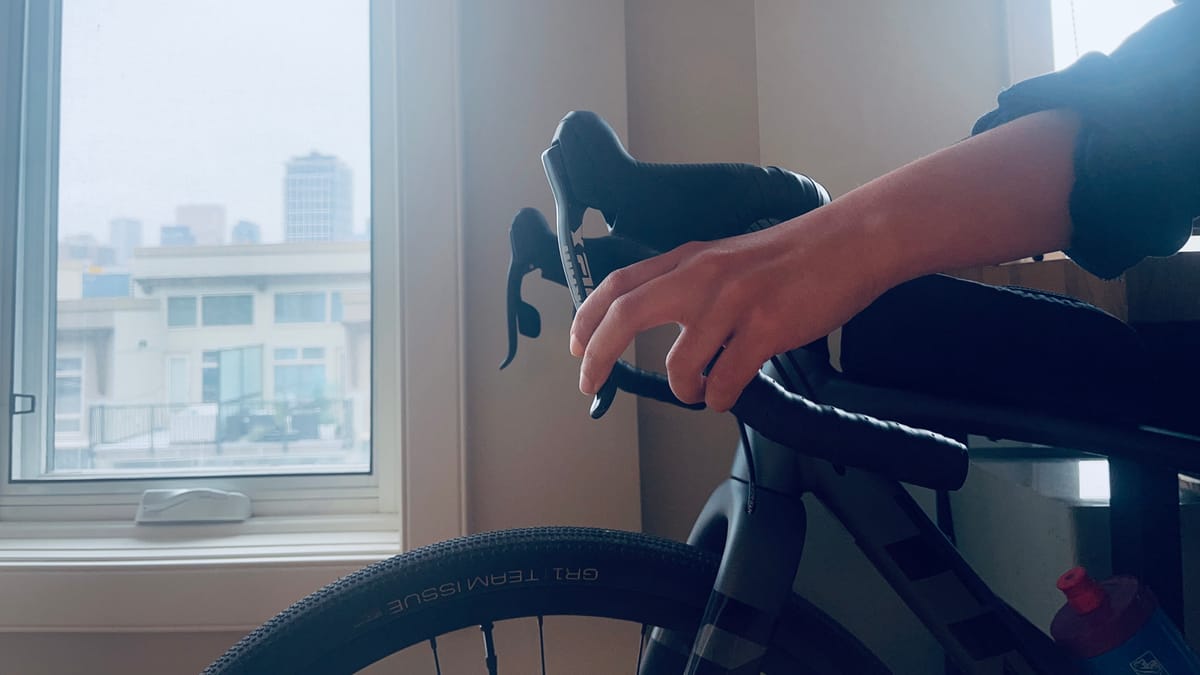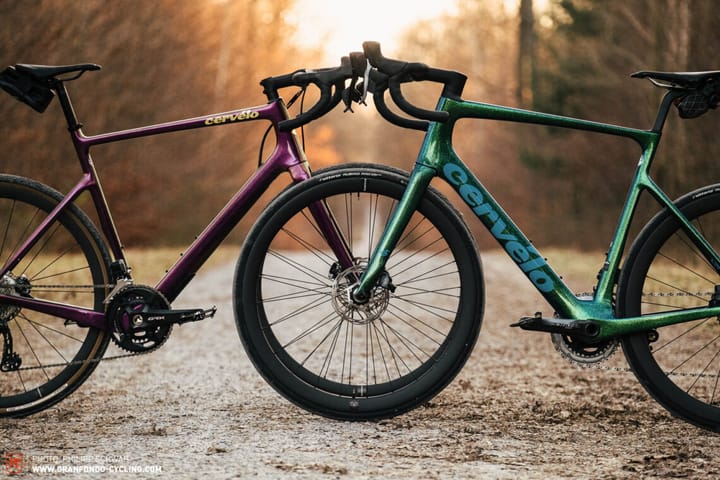Hydraulic vs. Mechanical Disc Brakes vs. Cable Brakes: A Comprehensive Comparison

A week ago, I bought my first gravel bike—a Trek Checkpoint ALR 4 with mechanical disc brakes. Before making my decision, I did a ton of research and found strengths and weaknesses in all three brake types: hydraulic, mechanical, and rim brakes. So, here's my take on everything I learned to help anyone considering their first or next bike purchase. Exciting times, enjoy safe adventures with the new ride! 🚴♂️
TL;DR
- 🔵 Hydraulic Disc Brakes: Best braking power & control, ideal for mountain biking, gravel, and high-speed road cycling. Requires maintenance & costs more.
- 🟠 Mechanical Disc Brakes: A solid budget-friendly alternative with decent power but requires more hand effort. Great for commuting & touring.
- 🔴 Cable (Rim) Brakes: Light, simple, and easy to maintain, but weaker in wet conditions. Perfect for road racing & dry-weather commuting.
Braking System Overview 🛠️
Hydraulic Disc Brakes 🔵
Uses fluid-filled hoses to transfer force from the brake lever to the caliper, squeezing the brake pads against a metal rotor.
✔ Best for: Maximum stopping power, smooth & precise control, works well in all conditions.
❗ Considerations: Requires occasional maintenance (fluid changes & bleeding).
Mechanical Disc Brakes 🟠
Uses a steel cable (like a gear shifter) to pull the brake caliper and press the pads against the rotor.
✔ Best for: Reliable braking, easier to maintain than hydraulics, budget-friendly.
❗ Considerations: Requires more hand effort at the lever, can feel less smooth than hydraulics.
Cable (Rim) Brakes 🔴 (Like the first bike you probably had as a kid!)
Uses rubber pads that clamp onto the wheel’s rim when you pull the brake lever.
✔ Best for: Lightest and simplest system, cheap and easy to maintain, great for dry-weather riding.
❗ Considerations: Weaker braking power, struggles in rain, and wears down the wheel rim over time.
Performance Comparison ⚖️
Braking Power
Hydraulic Discs: Best stopping power, even in wet & steep conditions.
Mechanical Discs: Decent power, better than rim brakes.
Cable Brakes: Weakest, struggles in rain/mud.
Brake Modulation (Control & Feel)
Hydraulic Discs: Smooth & precise braking.
Mechanical Discs: Less refined, requires more hand strength.
Cable Brakes: Can feel grabby or too weak.
Weather Resistance
Hydraulic Discs: Works in all weather, but extreme cold may thicken the fluid.
Mechanical Discs: Performs well but cables can freeze.
Cable Brakes: Struggles in wet conditions, reduced stopping power.
Maintenance & Durability
Hydraulic Discs: Requires fluid changes & occasional bleeding.
Mechanical Discs: Easier to maintain, but cables can stretch over time.
Cable Brakes: Simplest to maintain but wears down rims.
Weight Considerations
Hydraulic Discs: Heaviest due to extra components.
Mechanical Discs: Lighter than hydraulic, heavier than rim brakes.
Cable Brakes: Lightest option, preferred for racing.
Best Brake Types by Riding Style 🚵♀️
| Riding Type | Best Brake Choice |
|---|---|
| Road Cycling 🚴♂️ | Rim brakes (lightweight) or hydraulic discs (control). |
| Gravel Riding 🌄 | Hydraulic disc brakes (best for mixed terrain). |
| Commuting 🚲 | Mechanical disc brakes (reliable, low maintenance). |
| Mountain Biking 🏔️ | Hydraulic discs (strongest braking for steep descents). |
| Touring & Bikepacking 🎒 | Mechanical disc brakes (easier repairs on the road). |
When Mechanical & Cable Brakes Are the Better Choice 🛠️
Why Mechanical Disc Brakes Are ‘Good Enough’
Easier to maintain (no bleeding, simple cable replacements).
More reliable in extreme cold (no risk of hydraulic fluid freezing).
Cheaper & widely compatible (works with standard road levers).
Easier to fix on long trips (great for bikepacking & touring).
When Cable Brakes Shine ✨
Lightest option (best for road racers & climbing bikes).
Cheapest & simplest to maintain (great for budget builds).
Perfect for fair-weather riders (dry conditions = solid stopping power).
More frame compatibility (older/classic road bikes).
Best Brake Type for Different Cities 🌎
Tucson, Arizona (Hot & Dry) 🌵 – Hydraulic disc brakes with DOT fluid to prevent overheating.
Vancouver, BC (Wet & Rainy) ☔ – Hydraulic disc brakes for consistent stopping in rain.
Calgary, AB (Cold & Icy) ❄️ – Hydraulic disc brakes with DOT fluid to resist freezing.
Glossary of Key Terms 📖
🛠️ Bleeding – Removing air bubbles from hydraulic brakes.
🔥 Brake Fade – Loss of braking power due to overheating.
🔩 Caliper – The part that holds the brake pads & squeezes the rotor.
💧 DOT Fluid – High-performance hydraulic brake fluid.
✋ Lever Effort – Hand force needed to pull the brake lever.
🔧 Modulation – How smoothly you can control braking power.
🔄 Rotor – Metal disc that brake pads squeeze in disc brake systems.
Conclusion 🎯
Hydraulic disc brakes win in performance, but mechanical discs and rim brakes hold their own in specific situations. Choosing the right braking system comes down to budget, riding style, and weather conditions.
When I bought my first gravel bike—a Trek Checkpoint ALR 4 with mechanical disc brakes—I chose it because mechanical brakes are easier to maintain on long touring rides and help keep my cycling purchases budget-friendly. While hydraulic brakes offer better performance, I found mechanical discs to be the perfect balance between reliability, cost, and serviceability.
No matter your choice, regular maintenance is key to safe and effective braking!
